Description
TEMPLE TREE Thailand variety (Plumeria rubra)
The Temple tree is also known as the Frangipani tree or Plumeria rubra. The Frangipani tree is native to Central America and the Caribbean but has since been introduced to many other tropical regions around the world. It is known for its beautiful and fragrant flowers, which are often used in traditional Hawaiian leis and Indian garlands.
The Plumeria rubra was introduced to many parts of the world, including Africa and Asia. It was popular among European colonizers due to its beautiful flowers and ease of cultivation.
The Temple tree is widely cultivated in tropical and subtropical regions around the world and is often used as an ornamental tree in parks and gardens. It is also prized for its timber, which is used for furniture, carvings, and other decorative purposes.
Pagoda Tree FEATURES AND CARE
The Temple tree, also known as the Frangipani or Plumeria, is a beautiful tropical tree that is known for its showy and fragrant flowers.
- The Temple tree can grow up to 30 feet tall with a spread of about 20 feet.
- Its leaves are glossy and leathery, and it produces clusters of flowers that come in a range of colors, including white, pink, yellow, and red.
- The flowers are highly fragrant and appear in the summer and fall months.
- The tree can be deciduous or semi-evergreen, meaning it may drop its leaves during the cooler months.
- Care:
- The Temple tree thrives in full sun and well-drained soil, and it prefers warm temperatures.
- It is drought-tolerant once established but benefits from regular watering during the growing season.
- Fertilize the tree with a balanced fertilizer in the spring and summer.
- Prune the tree in the winter to control its size and shape, and to remove any dead or damaged branches.
- The Temple tree is susceptible to pests such as scale insects and spider mites, so keep an eye out for any signs of infestation and treat as necessary.
Uses of Frangipani plant
The Temple tr Frangipani ee, also known as the Frangipani or Plumeria, has a wide range of uses:-
- Ornamental purposes: The Temple tree is widely grown as an ornamental tree in gardens and parks due to its attractive flowers and ease of cultivation. The flowers are often used in traditional leis and garlands in Hawaii and other tropical regions.
- Traditional medicine: The Temple tree has been used in traditional medicine for centuries. The bark, leaves, and flowers are believed to have anti-inflammatory, analgesic, and antipyretic properties. They are used to treat a range of ailments, including fever, asthma, and skin diseases.
- Perfume: The flowers of the Temple tree have a sweet and pleasant fragrance, which makes them a popular ingredient in perfumes and other fragrances.
- Religious ceremonies: The Temple tree is considered sacred in some religious traditions, including Hinduism and Buddhism. It is often planted near temples and other religious sites, and its flowers are used in religious ceremonies and offerings.
- Timber: The wood of the Temple tree is used in furniture making, carvings, and other decorative purposes. It is prized for its durability, strength, and beautiful grain patterns.


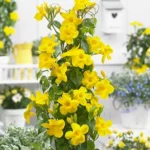

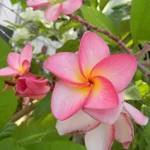
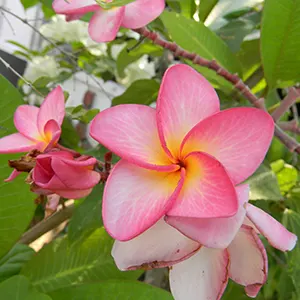
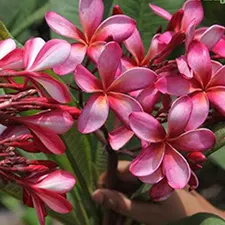
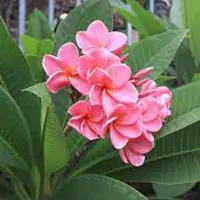


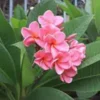
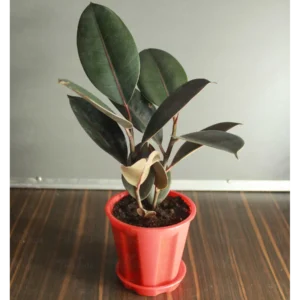

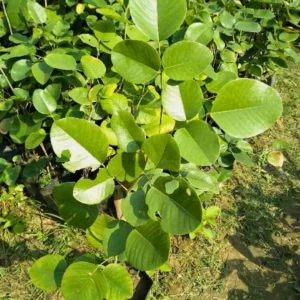

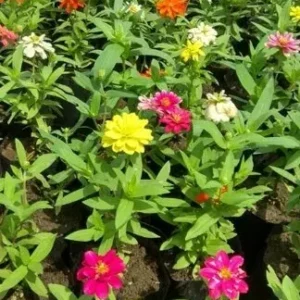

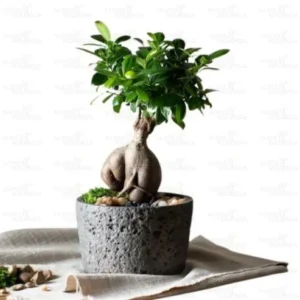


Reviews
There are no reviews yet.